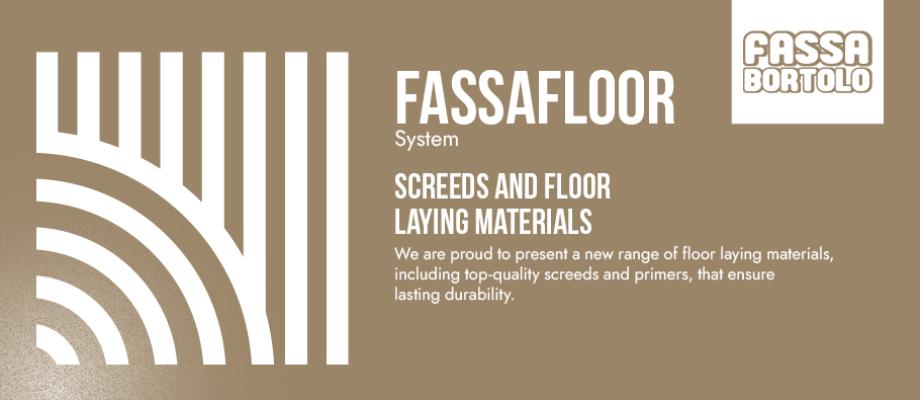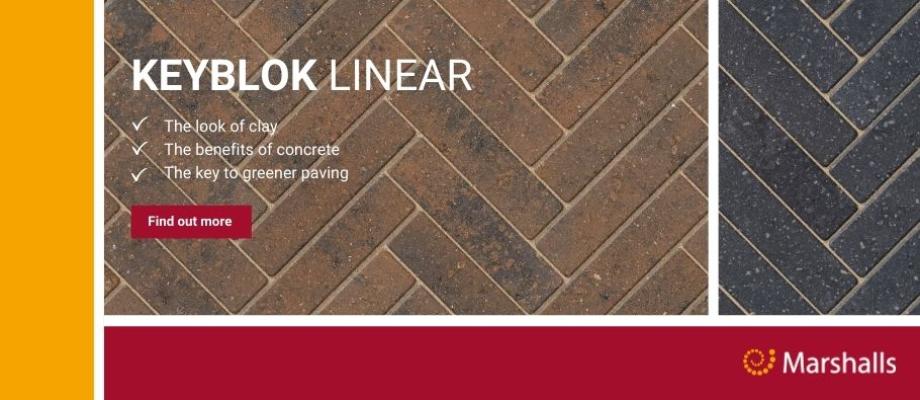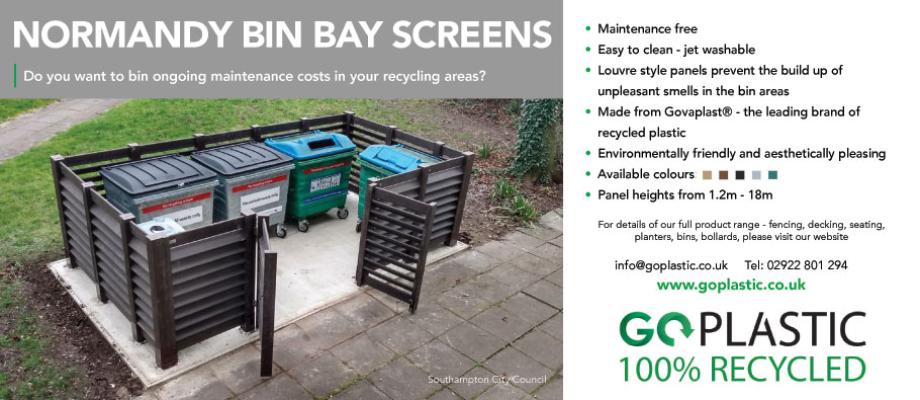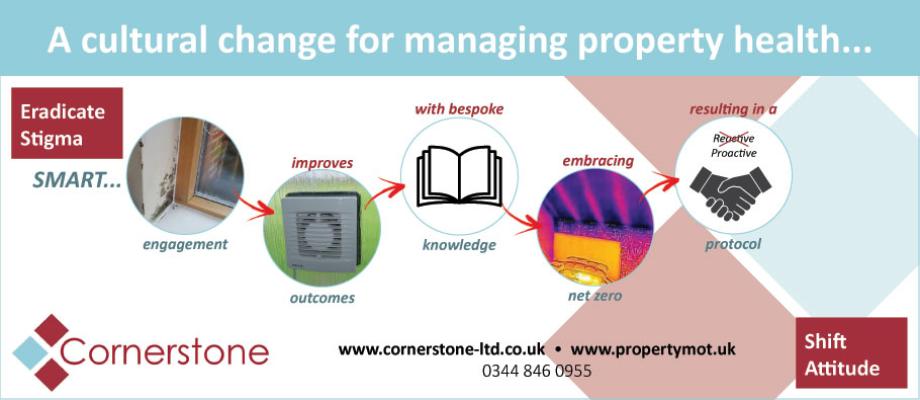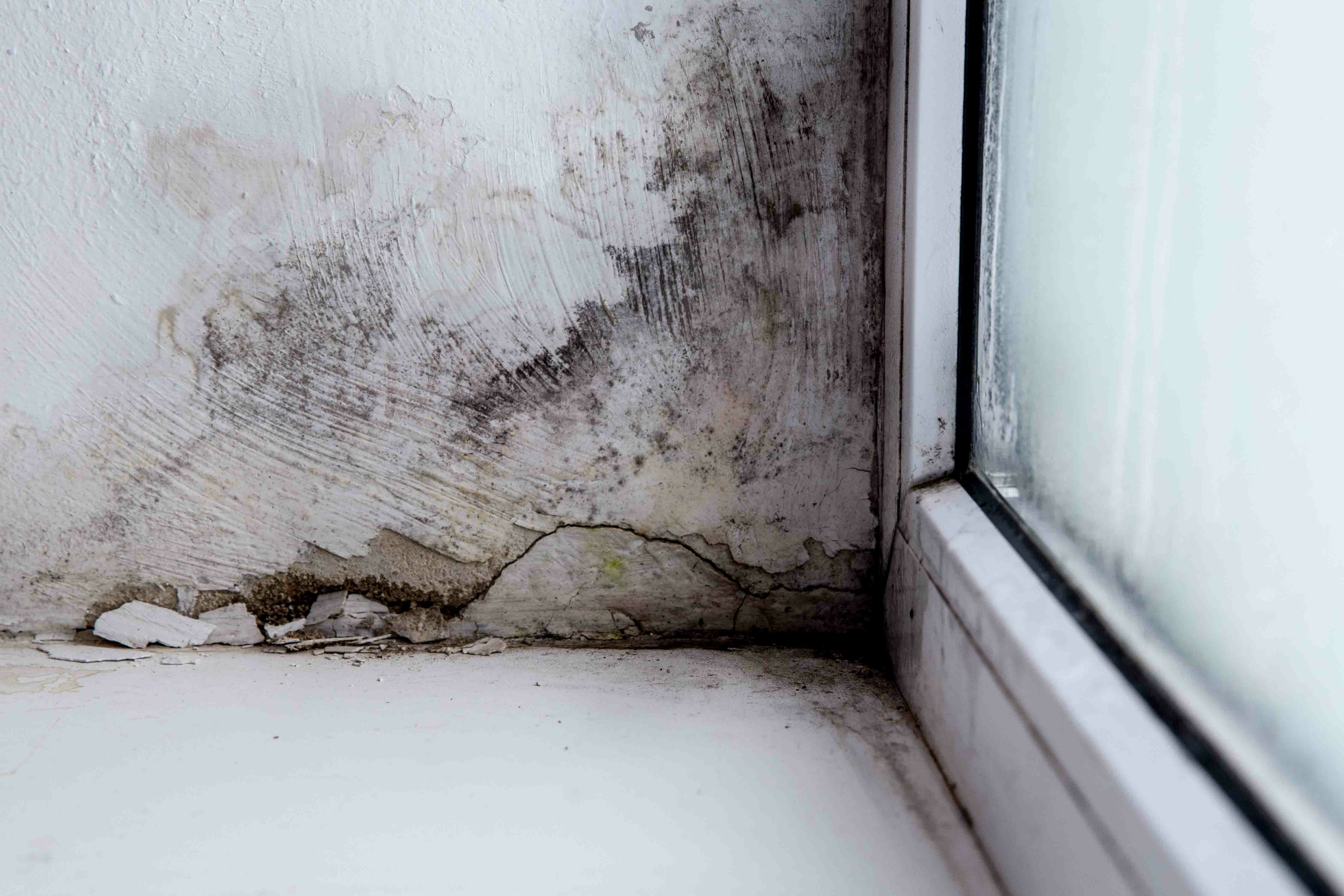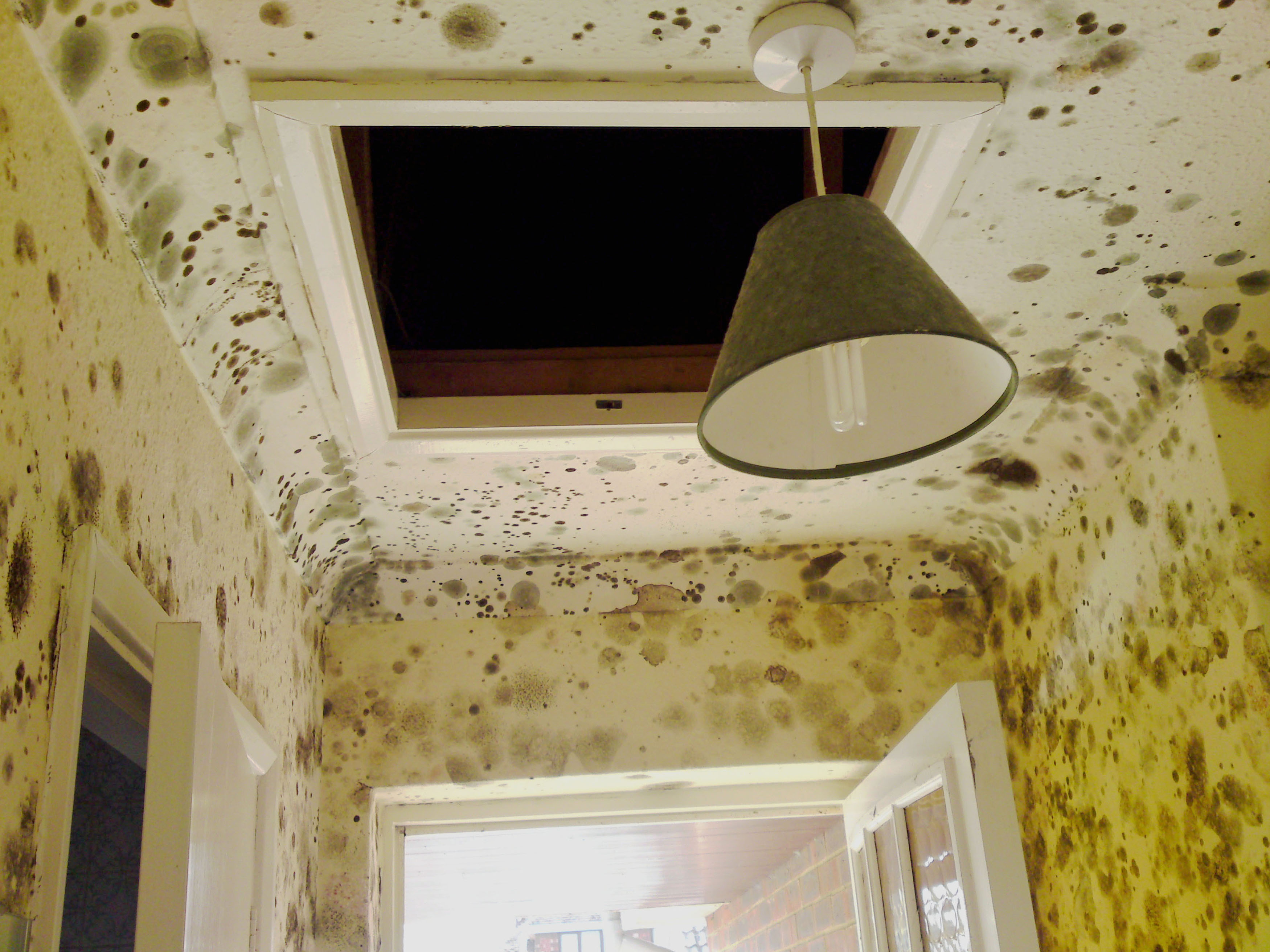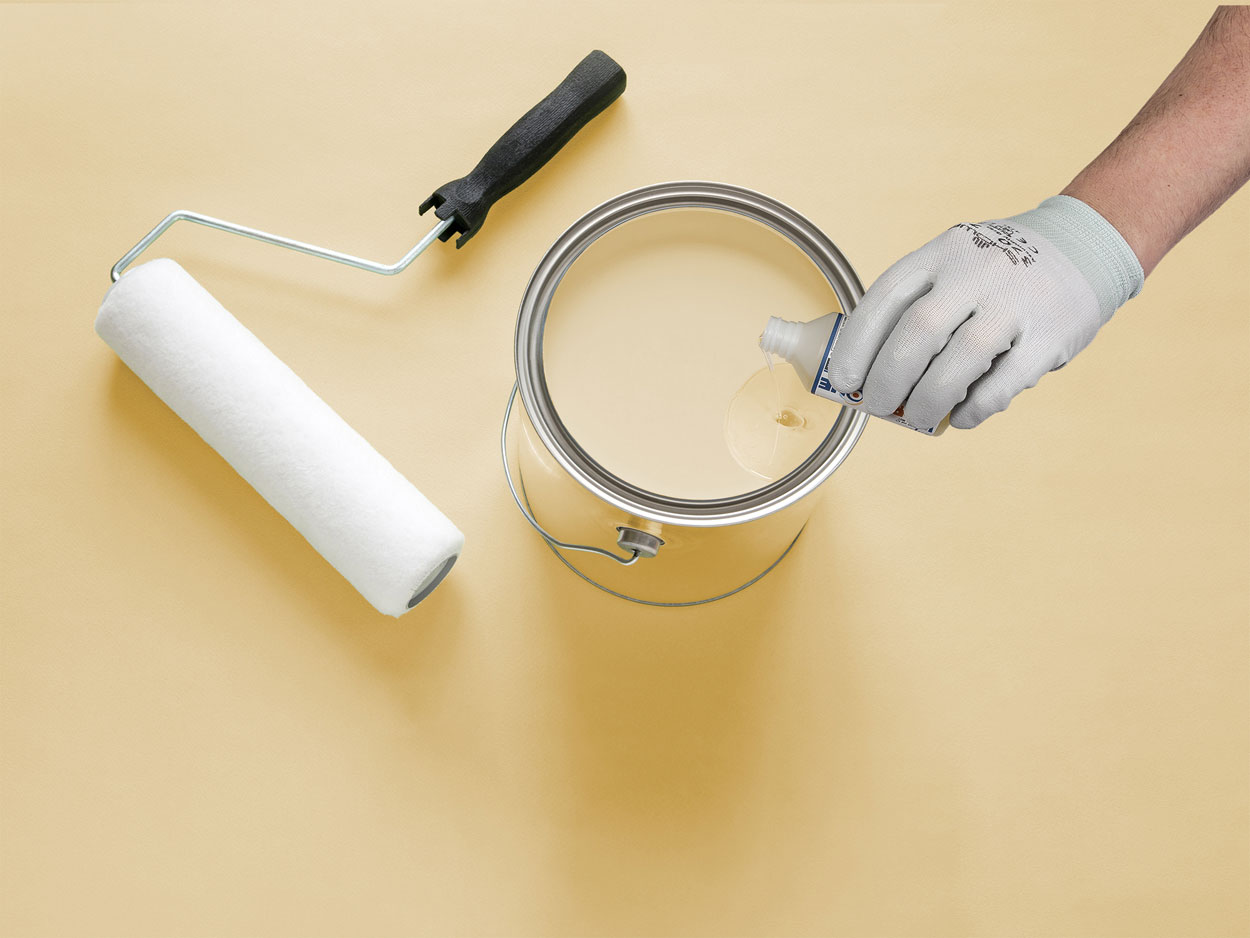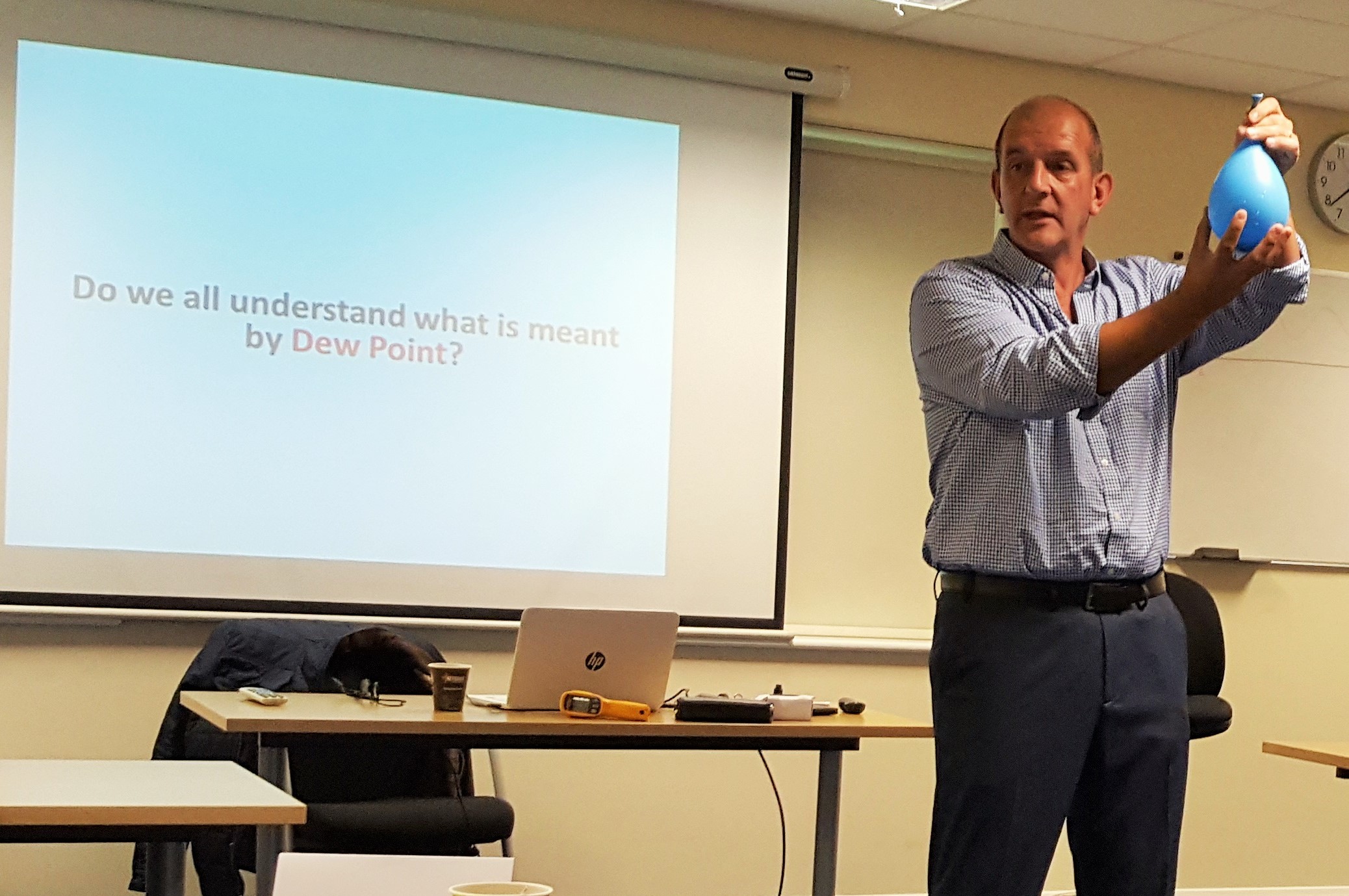How dry is your building?
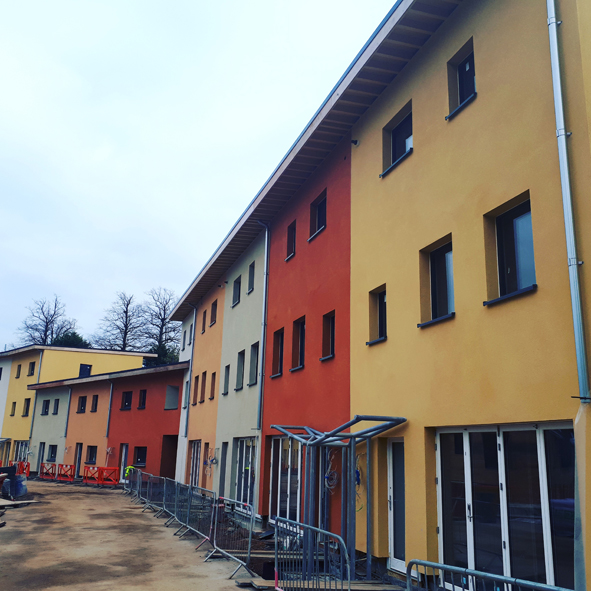
Moisture, such as steam, vapour or water droplets can accumulate in our buildings over time. James Ayres, co-founder and operations director, Lime Green Products Ltd, explains why considering moisture build-up is so important and explores what measures you can take to help drying out.
Moisture in properties
Moisture can accumulate in a variety of ways in homes, workplaces and properties. It’s inevitable, with two active people in a home estimated to produce over 13 litres of moisture per day, through breathing and activities, such as boiling a kettle, showering and drying clothes. This is in addition to moisture, as a result of driving rain or building defects, that can enter the building fabric in solid wall buildings.
- Read more about How dry is your building?
- Log in to post comments



